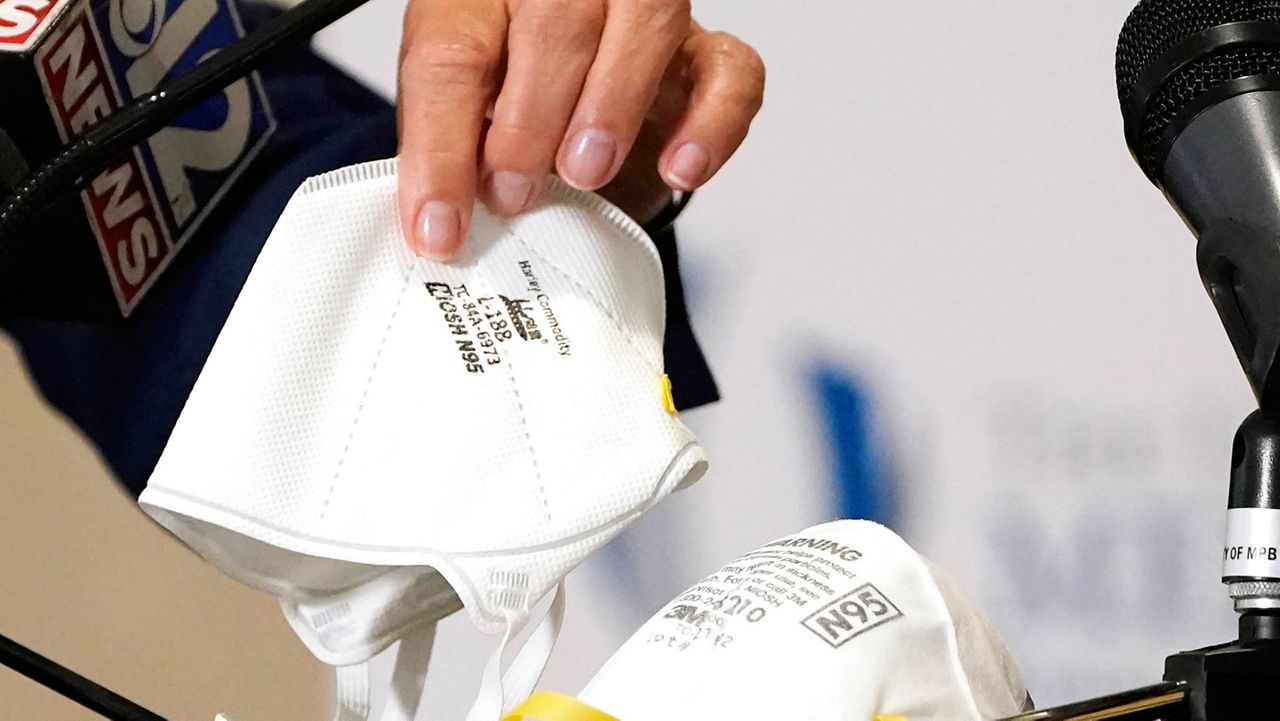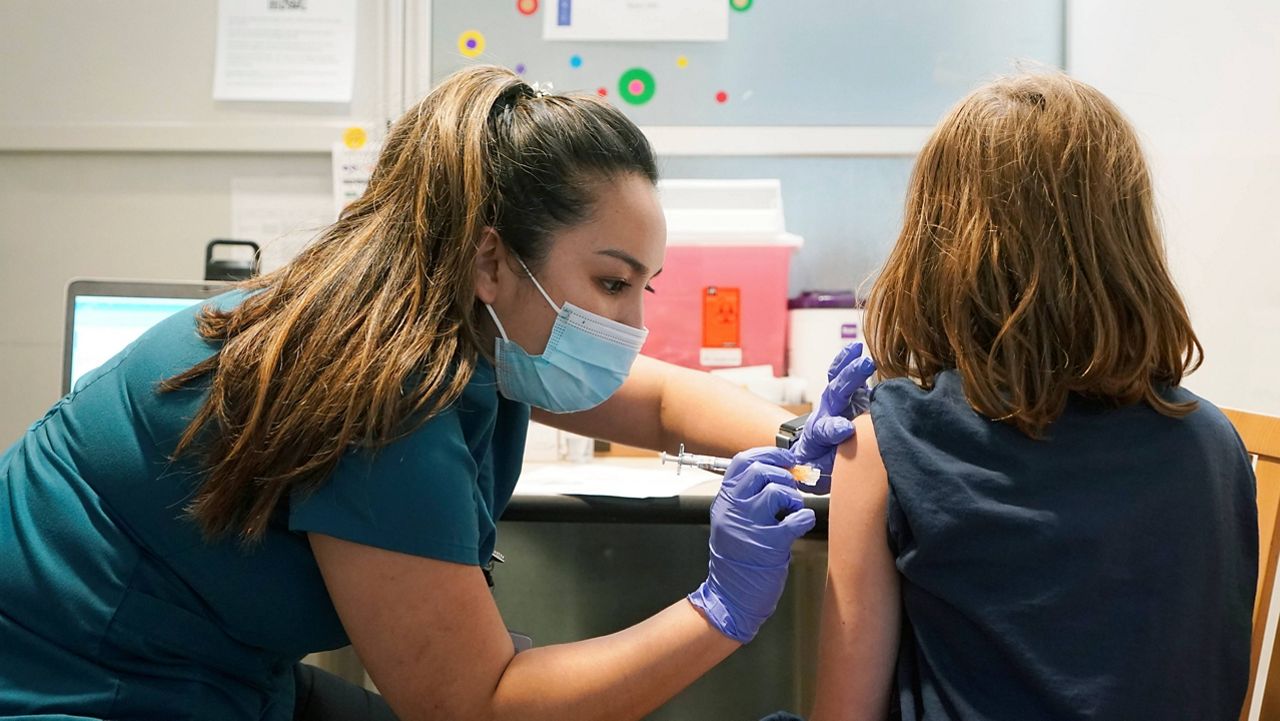The Centers for Disease Control and Prevention is not revising its guidance to recommend N95 or similar masks to slow the spread of COVID-19, the agency’s director, Dr. Rochelle Walensky, said Wednesday.
What You Need To Know
- The Centers for Disease Control and Prevention is not revising its guidance to recommend N95 or similar masks to slow the spread of COVID-19, the agency’s director, Dr. Rochelle Walensky, said Wednesday
- The Washington Post reported Monday that the CDC was considering updating its mask guidance to recommend that people wear the highly protective masks, but Walensky told reporters no such change is forthcoming
- Emerging data from a number of studies indicate that cloth masks might not be as effective in preventing transmission of the highly contagious omicron variant as for previous strains of the virus
- While Walensky ruled out a formal guidance change, she did say the CDC is planning to update its website with more information about different types of masks and their effectiveness
The Washington Post reported Monday that the CDC was considering updating its mask guidance to recommend that people wear the highly protective masks if they could do so consistently.
But Walensky told reporters no such change is forthcoming.
“CDC continues to recommend that any mask is better than no mask,” she said. “And we do encourage all Americans to wear a well-fitting mask to protect themselves and prevent the spread of COVID 19. And that recommendation is not going to change.”
Emerging data from a number of studies indicate that cloth masks might not be as effective in preventing transmission of the highly contagious omicron variant as for previous strains of the virus. The variant, with its numerous mutations, may have smaller particles that can further evade protection from cloth masks.
N95 masks can filter more than 95% of airborne particles if worn correctly and are approved for use in medical settings in the U.S. KN95 and KF94 masks are similar but meet the Chinese and South Korean standards, respectively.
The CDC’s current guidance says that everyone 2 years of age of older who is not vaccinated should wear a mask in indoor public places and that even fully vaccinated people should be masked indoors when in areas of “substantial or high transmission,” which is virtually the entire country as omicron surges. While the agency’s website provides tips on masking, it does not recommend any specific material over another.
While Walensky ruled out a formal guidance change, she did say the CDC is planning to update its website with more information about different types of masks and their effectiveness.
“We want to provide Americans the best and most updated information to choose what mask is going to be right for them,” she said.
Early in the pandemic, U.S. health officials discouraged Americans from wearing N95 masks in an effort to prevent the general public from snatching up the limited supply and leaving health care workers without them. Jeff Zients, the White House’s COVID-19 response coordinator, said Wednesday that supply is no longer a concern, adding that there are 750 million masks available for health care workers and first responders in the national stockpile.
Zients said federal officials are “considering options to make more high-quality masks available to all Americans,” but he did not elaborate.
Ryan Chatelain - Digital Media Producer
Ryan Chatelain is a national news digital content producer for Spectrum News and is based in New York City. He has previously covered both news and sports for WFAN Sports Radio, CBS New York, Newsday, amNewYork and The Courier in his home state of Louisiana.









